The unusual ESARCO vehicles were developed by Major Michael Somerton-Rayner as a private initiative in response to lessons identified by the British Army in the 1982 Falklands Conflict, namely, the need for lightweight high mobility load carriage.
Using simple construction, the design utilised off the shelf Land Rover components to produce a range of high mobility vehicles.
Esarco 8×8
The vehicle used Land Rover 110 components, and when driving on the road, the second transfer case was uncoupled and the vehicle became an 8×4.
Early prototype vehicles envisaged an amphibious capability

This evolved into a more conventional vehicle that could cross a 1m gap, wade to 800 mm, and travel at 60mph (ca. 97 km/h) on roads.
With 8×8 drive, off-road performance was reportedly excellent, with the chassis able to maintain high levels of stability whilst retaining traction. Unloaded ground pressure was 4.4 psi and loaded, 7.8 psi. With a crew cab, the payload was 2.5 tonnes, and it could tow loads up to 4 tonnes.
The petrol engine was a 3.5l V8 unit from Rover, and an option for a Perkins Phaser diesel engine came later.
The first iteration of the 8×8 was 4.5m long, 2m wide and 1.33m high, with the cab erected, 2.6m high.
The cargo load bed was 3m long and 1.9m wide, enough to carry 2 standard NATO pallets.

The range was 240 miles (ca. 386 km) at 10 MPG cross-country. The basic cargo version could also be fitted with seating. With a fold-down cab, it was designed for Chinook carriage, two per helicopter.
Eight could be carried inside a C130, it could be airdropped and a Chinook could sling load two.
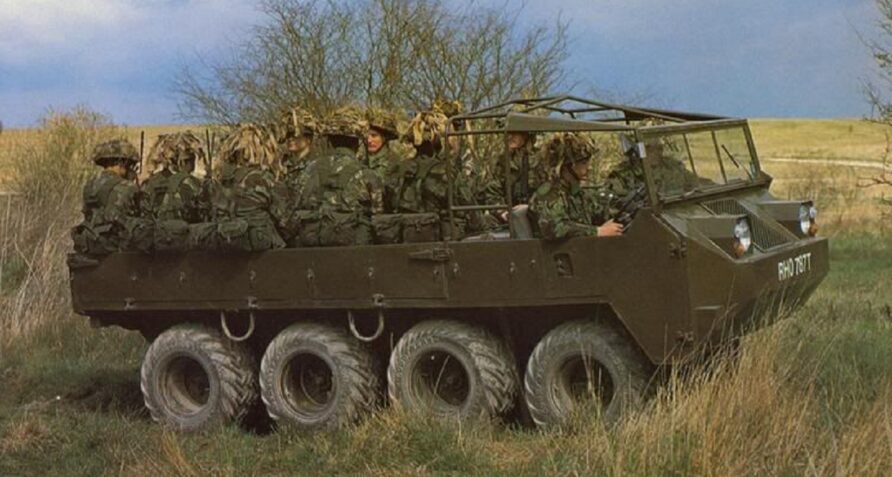
A 105 mm Light Gun limber variant could tow the gun and carry two pallets of ammunition, together with a crew of three.
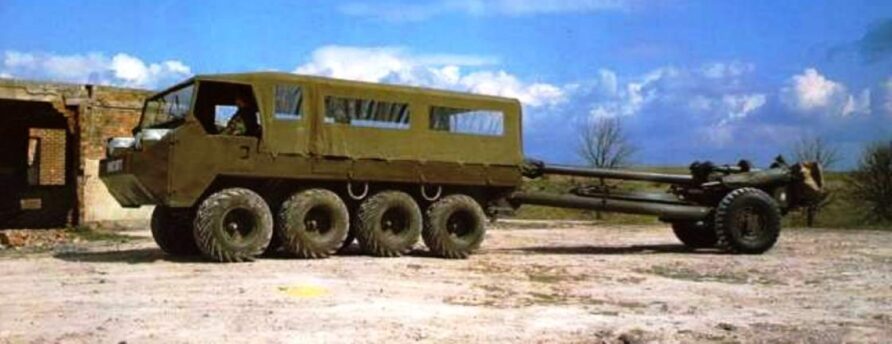
Additional vehicles could carry more ammunition.

A fire protection variant of the 8×8 was proposed, fitted with a 1,000 litre pre-mix foam container, pumping, and rescue equipment.
A 25m 50 mm diameter hose and various nozzles completed the fit. The system was capable of discharging at 500 litres per minute with a throw distance of 25m.

An Air Defence variant with a single 20 mm Oerlikon cannon with 2,000 ready rounds was suggested, and this would have used outriggers to provide stability.

A more mature and slightly wider variant was trialled as a towed Rapier Field Standard B system.
Vehicle 1 carried 21 missiles and towed the fire unit

Vehicle 2 carried the tracker, generator, and other required items, also towing the Blindfire radar system.
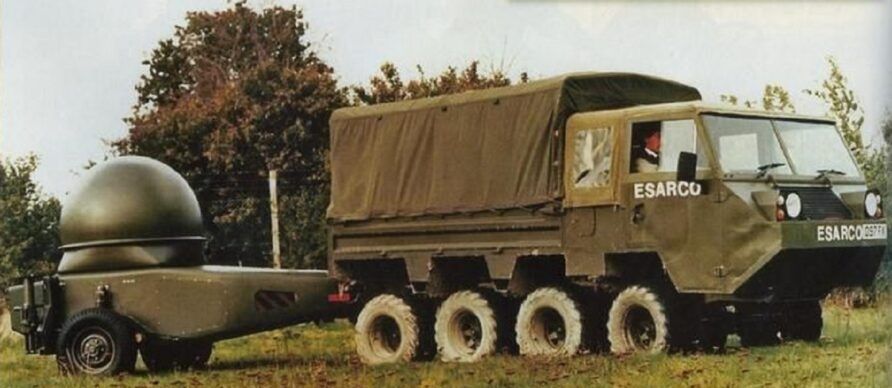
Both vehicles and their trailers could be carried in a single C-130 Hercules.
A full range of additional variants were drawn, although not realised.

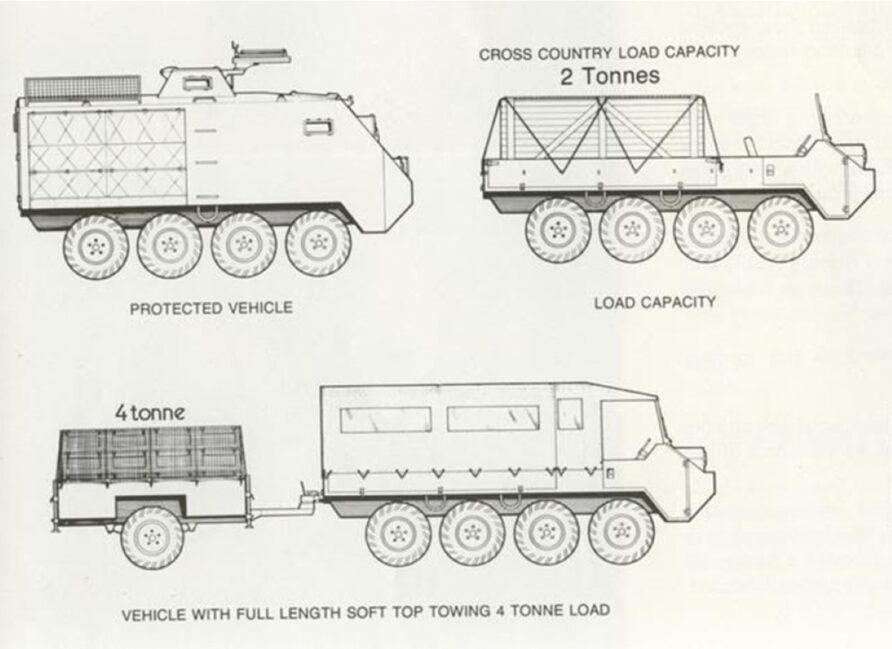
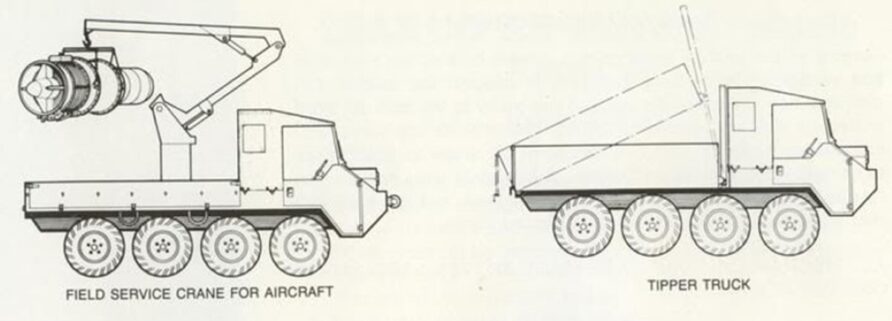

Esarco 6×6
A smaller 6×6 version was developed after the 8×8, in response to the MoD requirement that would eventually be met by the Supacat ATMP.

It was, essentially, a smaller and lighter version of the 8×8.

This version did actually enter service with the Portuguese Paratroop Regiment.

In 1988, the Esarco 6×6 was evaluated by the Singapore Army for use as an artillery tractor. Trials included different terrain, where it was said to have performed very well.
The image below shows it on the test area (towing a Light Gun) with a Humvee and Supacat ATMP behind it.
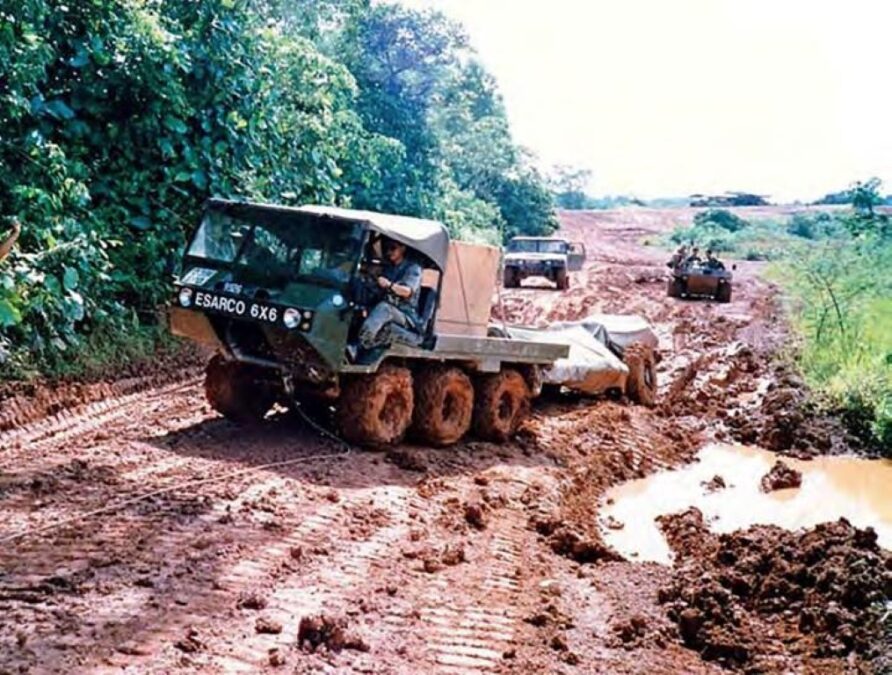
It was also tested for air mobility using an RSAF Puma.
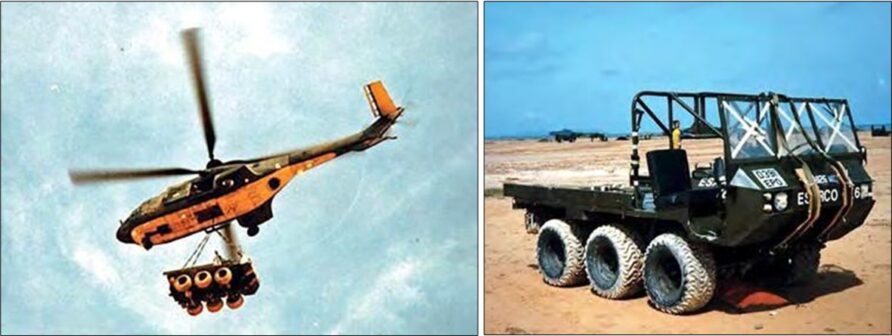
Singapore eventually selected Land Rover and Unimog vehicles.
Before reading on, would you mind if I brought this to your attention?
Think Defence is a hobby, a serious hobby, but a hobby nonetheless.
I want to avoid charging for content, but hosting fees, software subscriptions and other services add up, so to help me keep the show on the road, I ask that you support the site in any way you can. It is hugely appreciated.
Advertising
You might see Google adverts depending on where you are on the site, please click one if it interests you. I know they can be annoying, but they are the one thing that returns the most.
Make a Donation
Donations can be made at a third-party site called Ko_fi.

Think Defence Merch
Everything from a Brimstone sticker to a Bailey Bridge duvet cover, pop over to the Think Defence Merchandise Store at Red Bubble.
Some might be marked as ‘mature content’ because it is a firearm!
Affiliate Links
Amazon and the occasional product link might appear in the content, you know the drill, I get a small cut if you go on to make a purchase
SS300
The US company, Stewart and Stevenson, subsequently developed the vehicle under licence, called the SS300.
Only a handful were produced.
HUGO
In the UK, the MWG group also purchased the design rights and developed the vehicle further into the Heavy Use Global Operation (HUGO) All-Terrain Vehicle. The Hugo 8×8 could carry a payload weighing 2 Tonnes, had a crew cab and diesel engine.

Both were said to be highly mobile, yet very stable.

The first, and only, production model, entered service with Oil Spill Response.
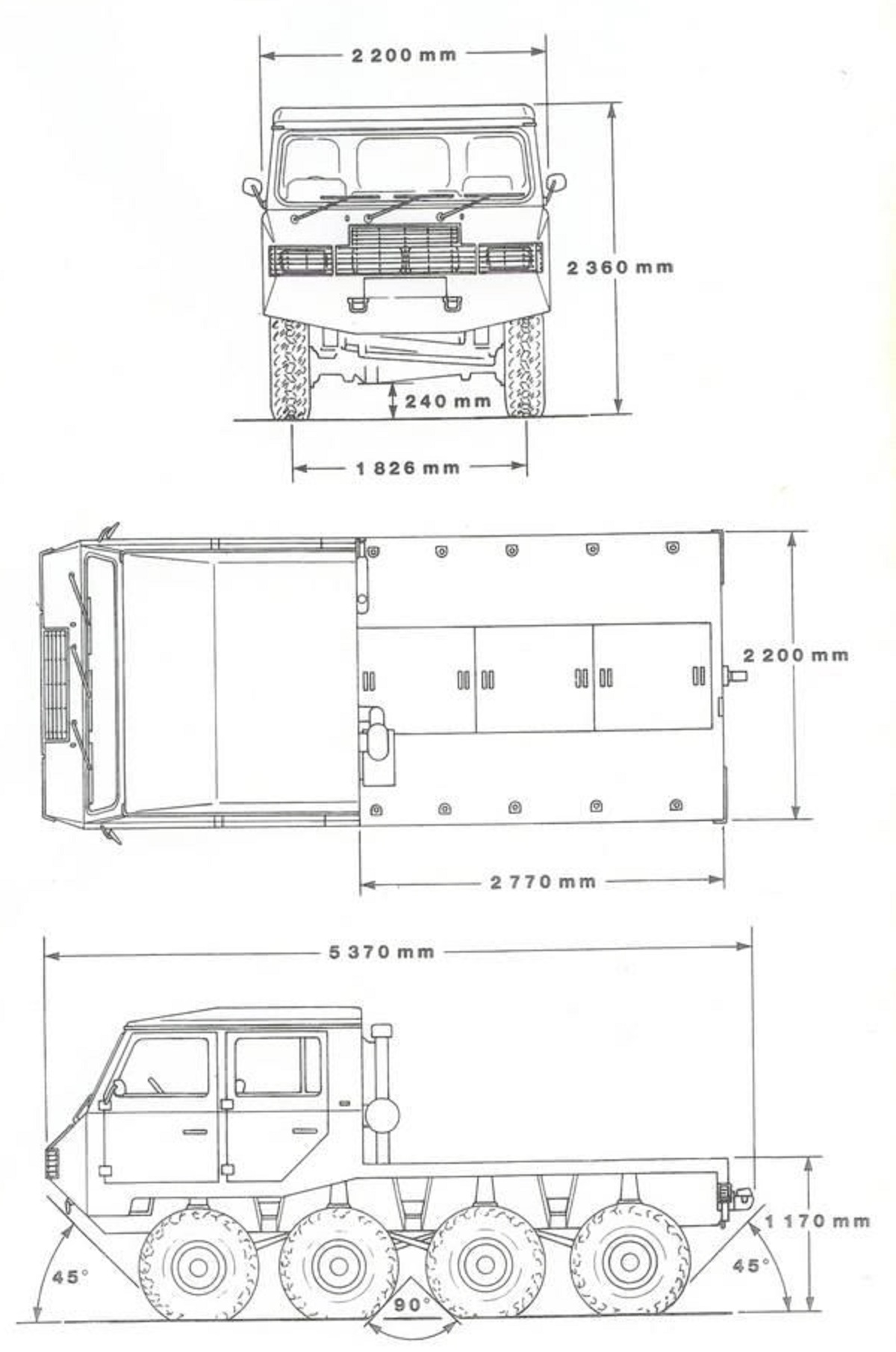
A footnote to an interesting episode in British all-terrain vehicle design and manufacture.
In May 2021, getting one of the few surviving examples to start after 25 years in a barn.
There are additional videos on the channel that describe progress.
Fantastic.
Change Status
| Change Date | Change Record |
| 01/03/2017 | initial issue |
| 09/09/2020 | Minor update |
| 15/07/2021 | Refresh and reformat |
| 29/11/2024 | General refresh |
Discover more from Think Defence
Subscribe to get the latest posts sent to your email.


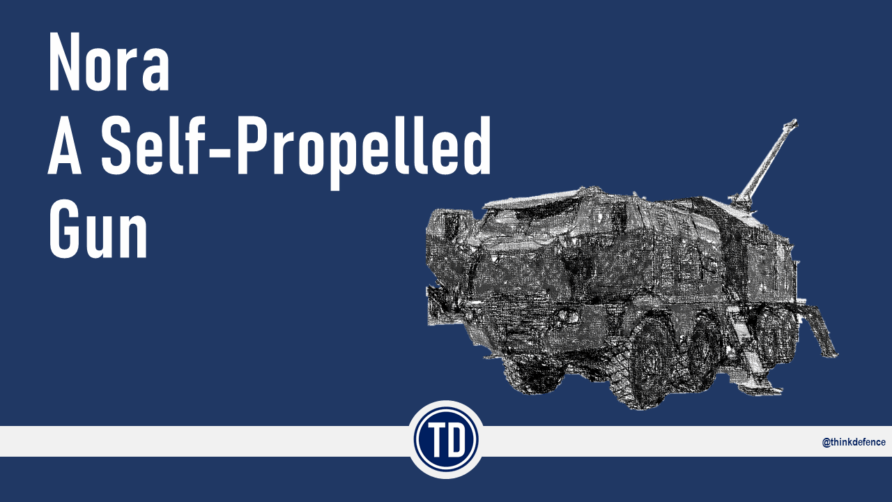

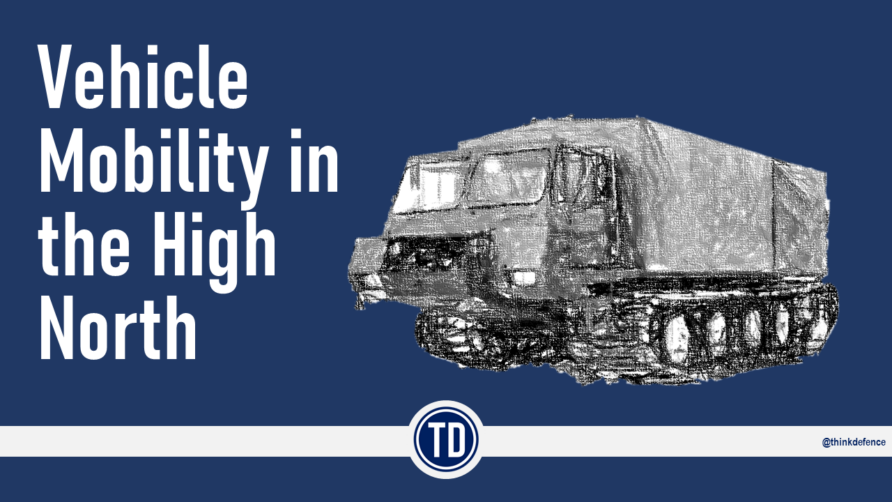
Thanks TD, love this sort of content.
I remember seeing the reports about this vehicle when it first appeared, and thinking how cool it looked.
I read the Portuguese 6×6 had braking issues, but don't remember seeing other negative comments on it. Any one have more information on this?
I also thought the general concept of using COTS components (LR) in this way to produce exceptionally good off road performance, while allegedly reducing costs, was a great idea.
Can anyone with more automotive knowledge than me talk us through the pros and cons of repeating the exercise, but this time using something more modern, the Toyota Land Cruiser being the obvious candidate.
It's never happened so I assume there must be a giant flaw in the plan, but would be interested in hearing the details of what the problems would be.
I await the buckets of cold water, but a Toyota ESARCO sounds awesome to me!
Two… to a Chinook, and 8 to a Herc. I know, the latter is now old hat, but a lot of high mobility cargo capacity for a first-echelon "movig out" rather than getting bogged down (not this vehicle, he- heh) while waiting
hi
Are there any blueprints available? would like to scratch build one in 1/35